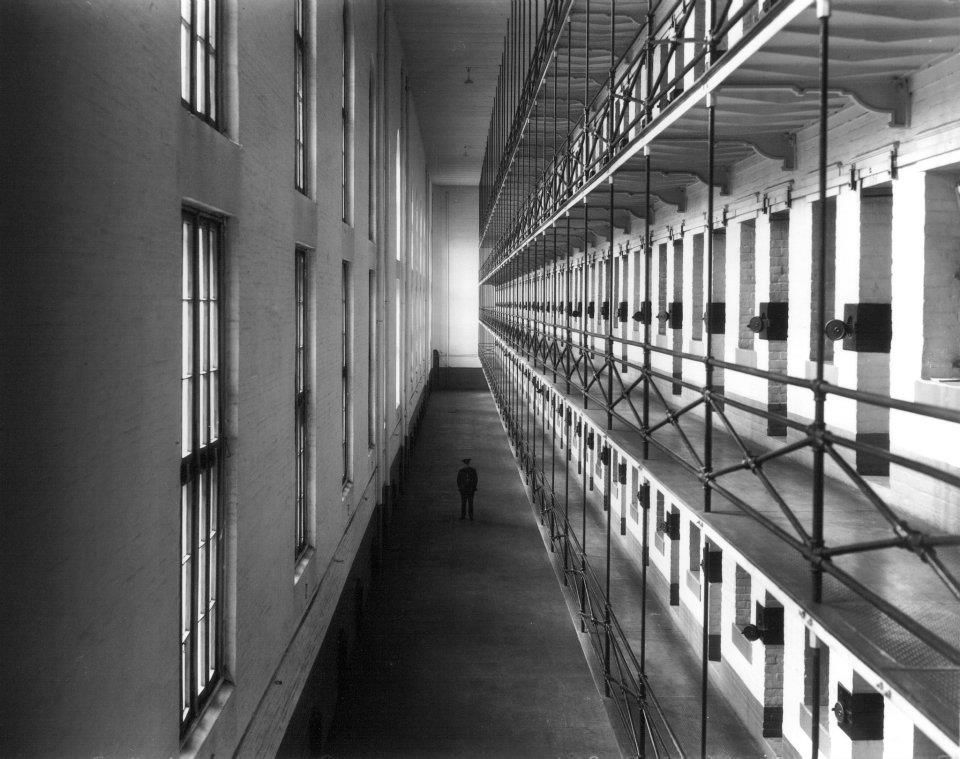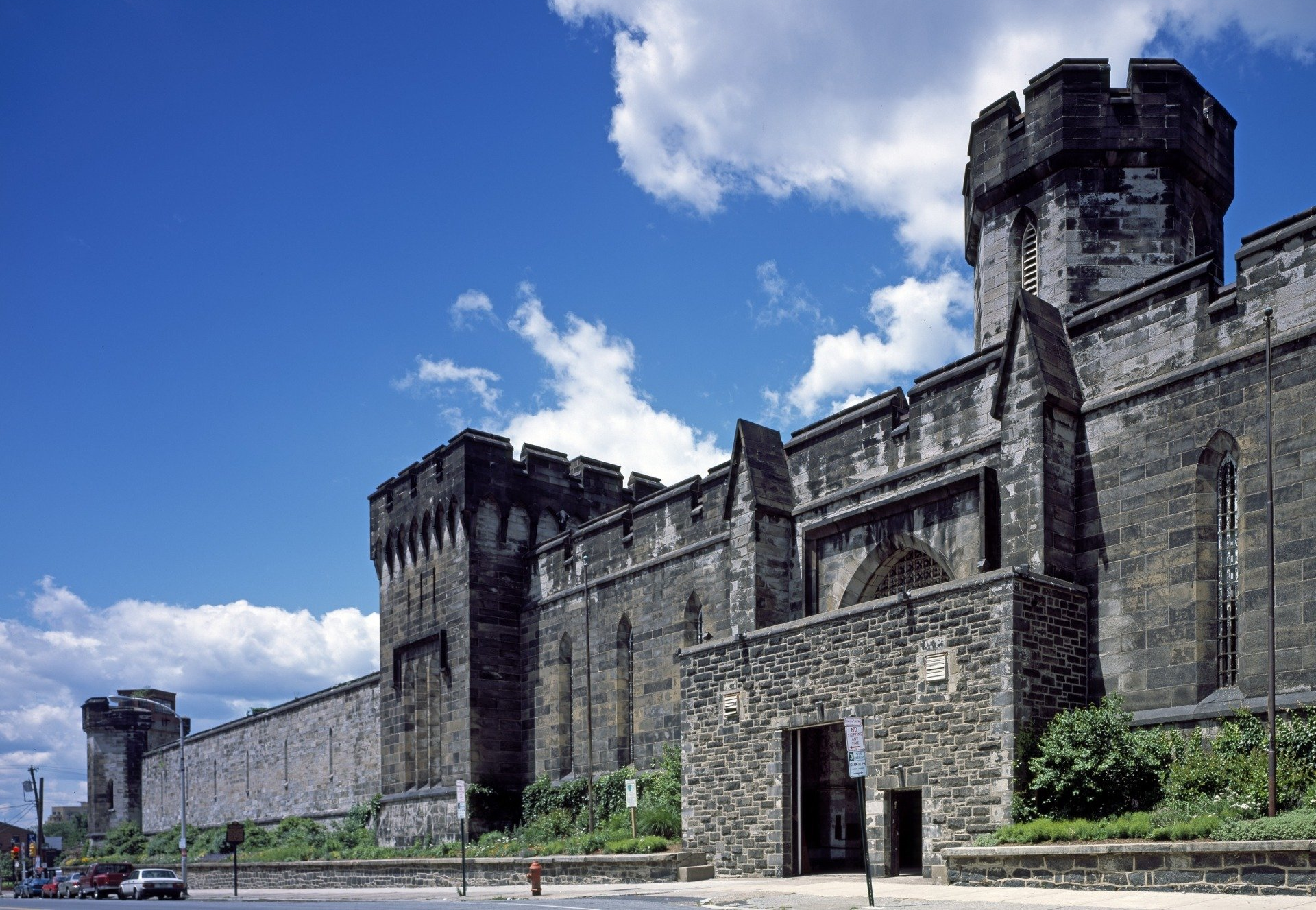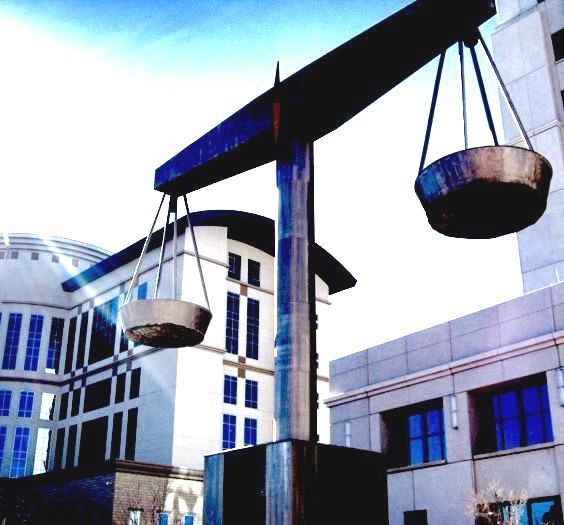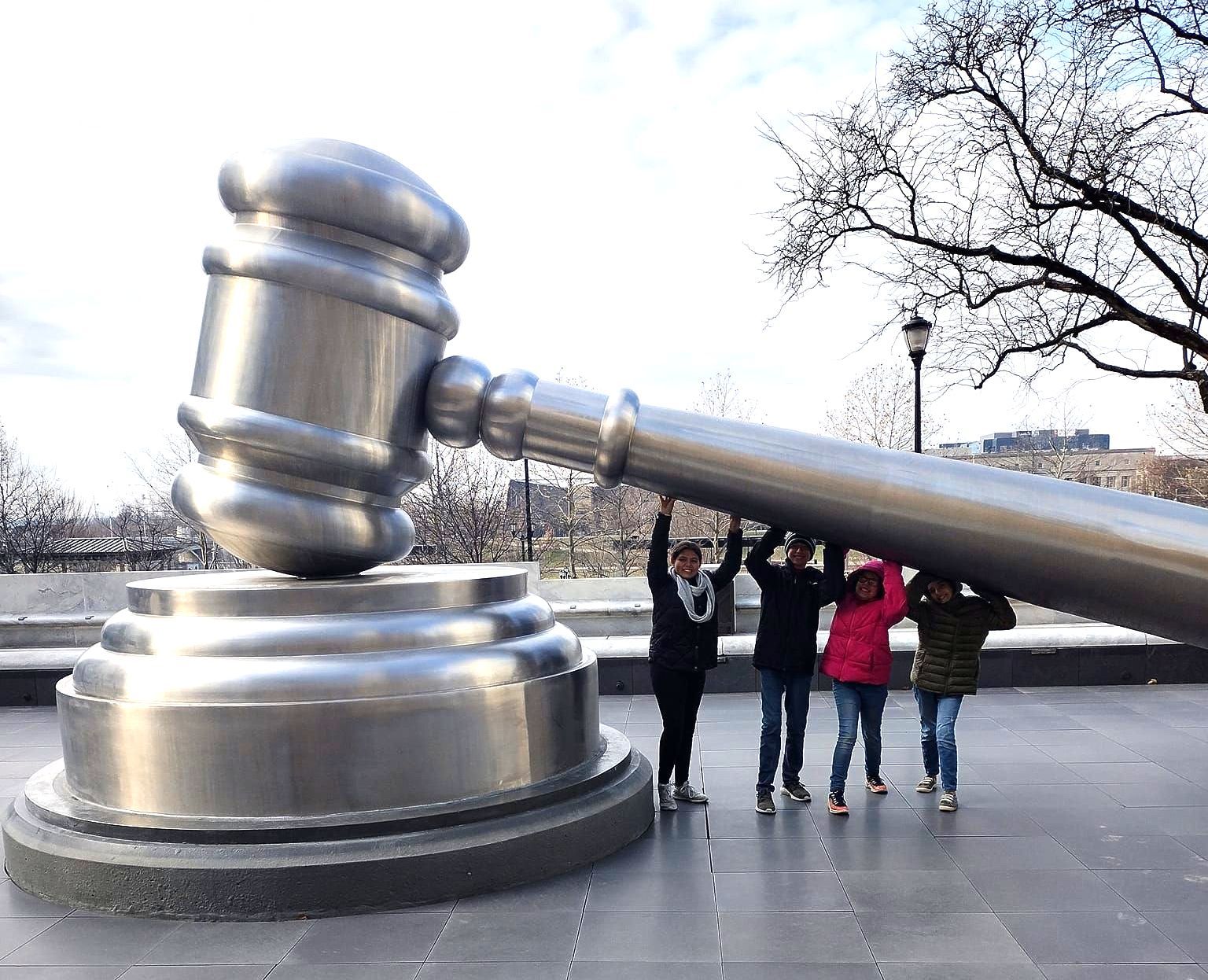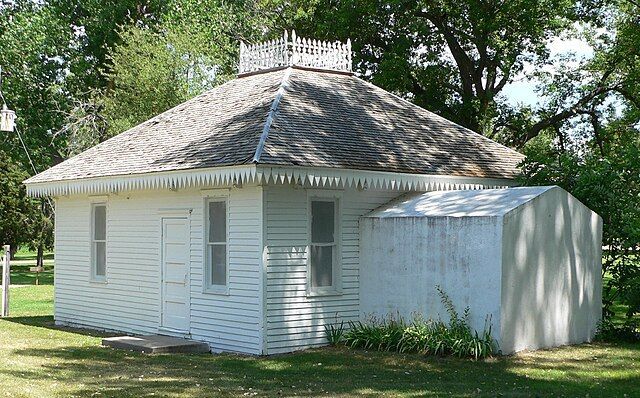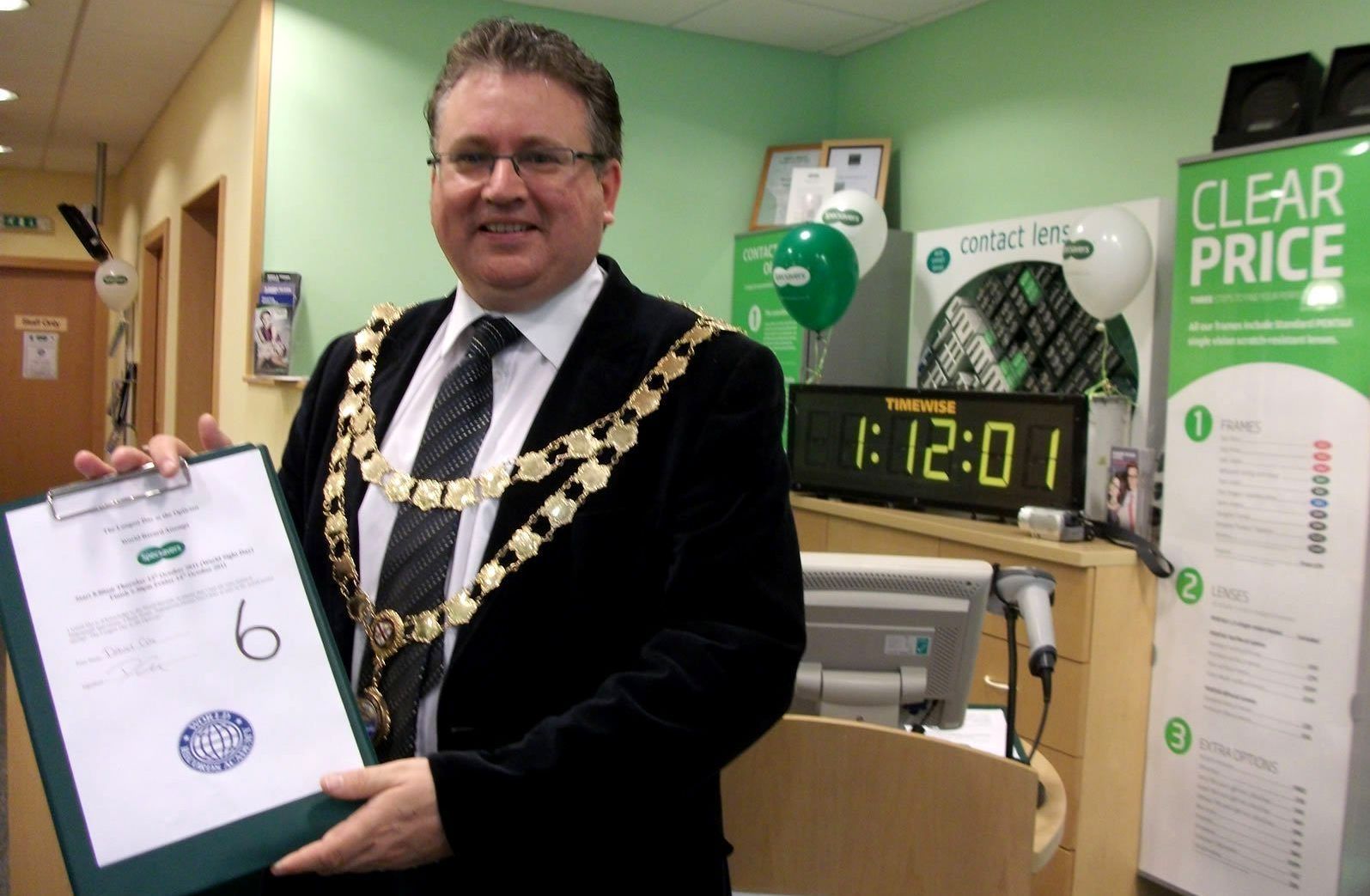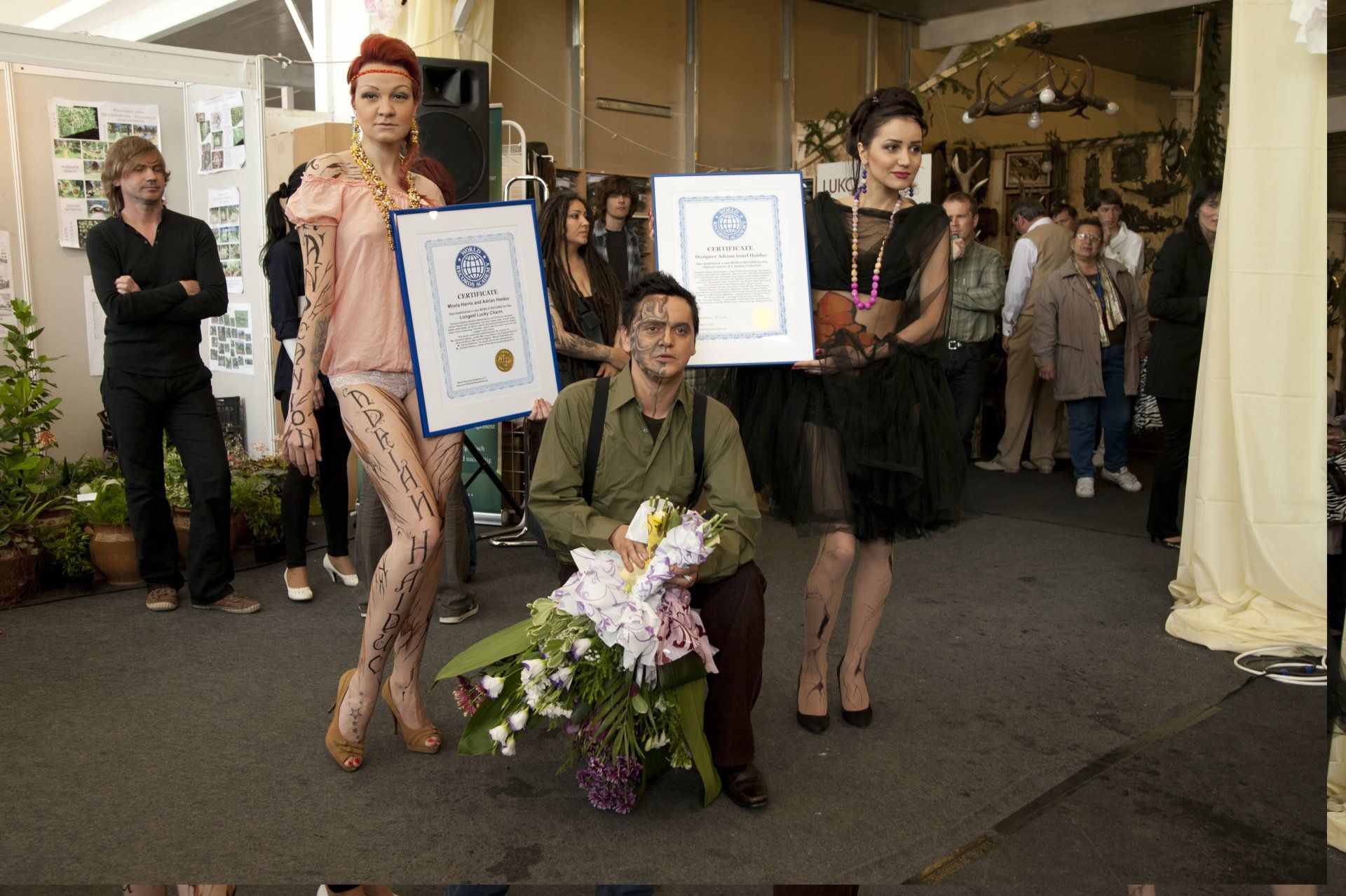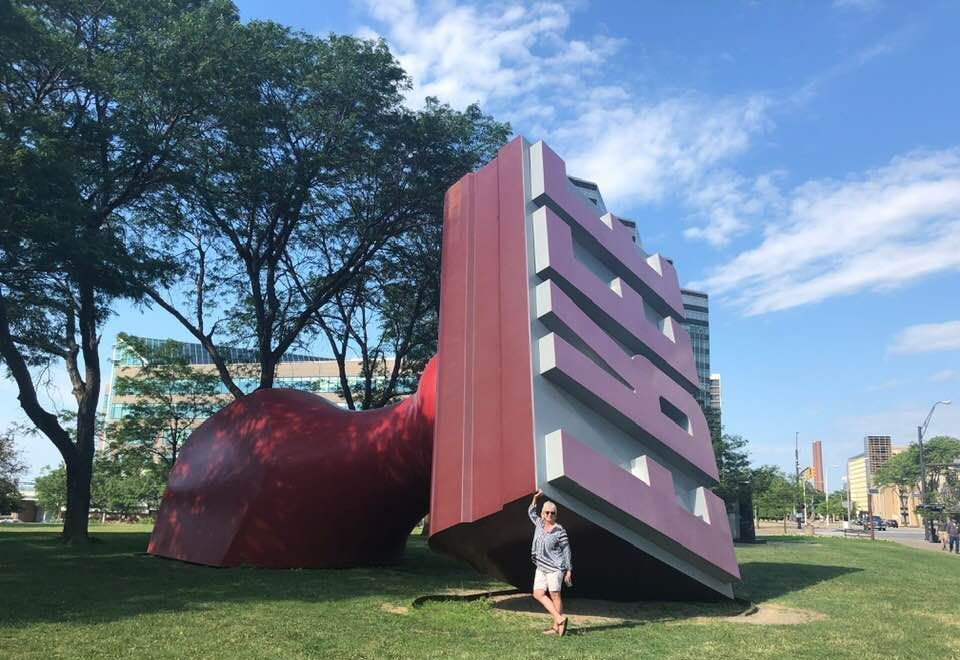World’s First Juvenile Justice System, world record in Chicago, Illinois
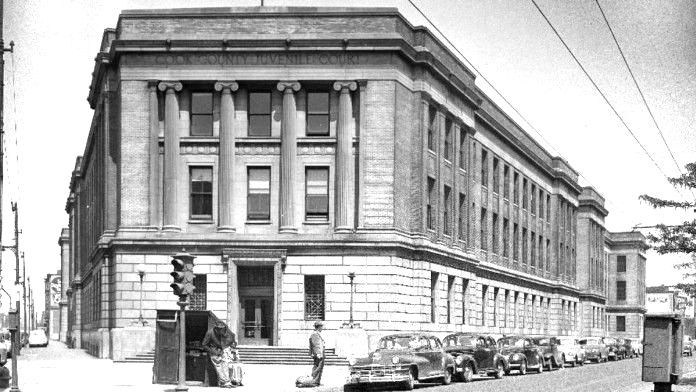
Chicago, Illinois, United States--Located across the street from Hull House, Chicago's juvenile court opened in July 1899, and served as the model for this new social welfare approach that emphasized individualized treatment of cases instead of rigid adherence to due process, and probation over incarceration; authorized by the Illinois Juvenile Court Act of 1899, it sets the world record for being the World’s First Juvenile Justice System, according to the WORLD RECORD ACADEMY.
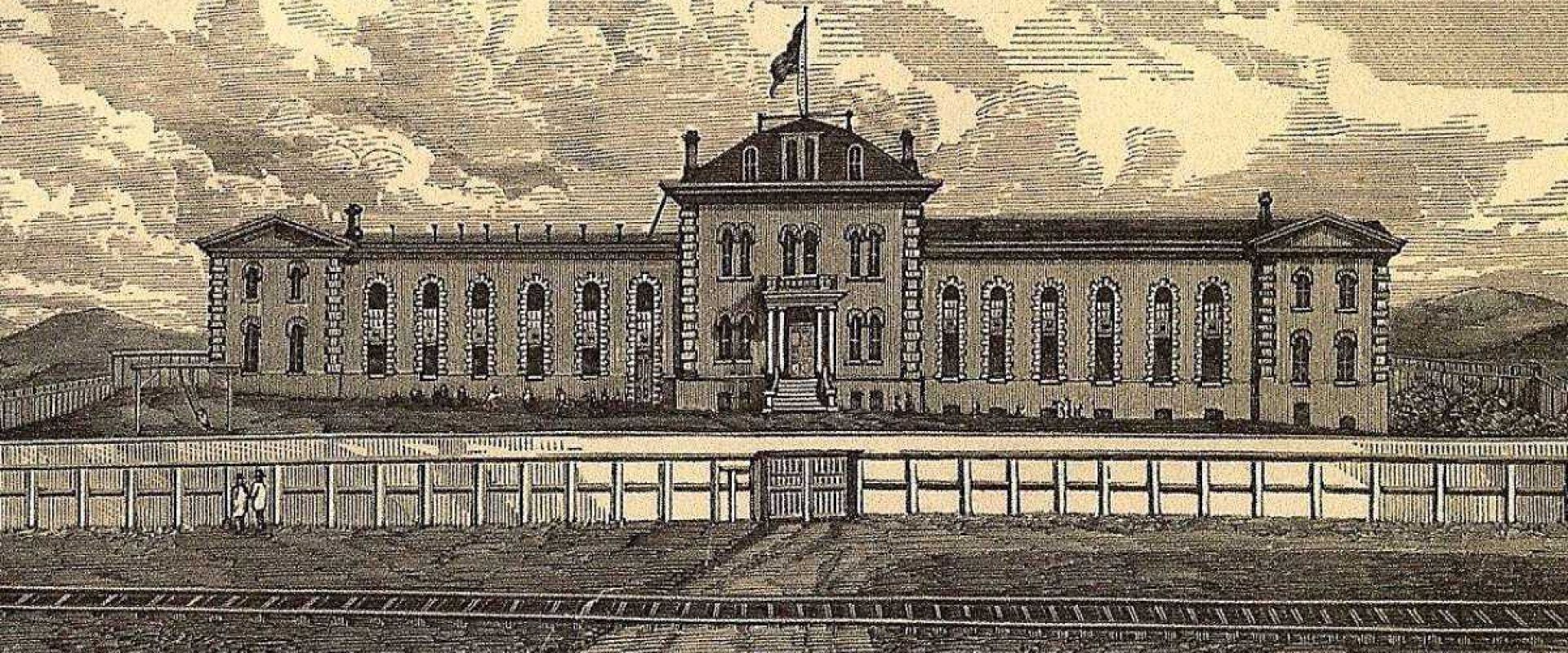
"The framework for the nation’s first juvenile court was created in the late 19th century by a group of Progressive Era women in Chicago. They were impassioned social activists, and many were among the first generation of American women to attend college," the Go POPAI says.
"At the time, increased immigration, rapid industrialization, and urbanization presented new challenges and inequities. From their base at Jane Addams’ Hull House they envisioned, advocated for and created bold new solutions, including a separate justice system that would be designed specifically to meet the unique needs of kids and families.
"But as it evolved over the 20th century, America’s juvenile justice system started to move away from its original conception, and ended up looking more and more like the adult criminal system it had hoped to replace. Today, those shifts have presented a wide range of challenges. But they’ve also inspired a new era of reckoning and reflection."
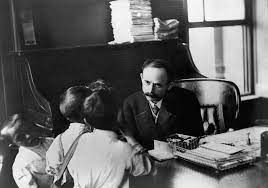
"Juvenile courts revolutionized the treatment of dependent, neglected, and delinquent children. The world's first juvenile court, located in Cook County, opened in July 1899, and served as the model for this new social welfare approach that emphasized individualized treatment of cases instead of rigid adherence to due process, and probation over incarceration. The juvenile court also substituted the ideal of rehabilitation for retribution," the
Encyclopedia of Chicago says.
"Located across the street from Hull House, Chicago's juvenile court symbolized the optimism of its famous neighbors and supporters, especially Jane Addams and Julia Lathrop. Within a generation, juvenile courts based on the Chicago model had been established in all the states except Maine and Wyoming, and in more than 20 foreign countries.
"By the end of the twentieth century, however, the initial faith in juvenile courts to reform wayward children had faded. Across the nation, including in Illinois, juvenile courts became increasingly indistinguishable from criminal courts."
"Until the late 19th century, criminal courts tried youth and adults. The 16th century educational reform movement in England that perceived youth to be different from adults, with less than fully developed moral and cognitive capacities, fueled the movement for juvenile justice reform in America," the
Center on Juvenile and Criminal Justice says.
"By the middle 19th century, following the creation of houses of refuge, new innovations such as cottage institutions, out-of-home placement, and probation were introduced. These new approaches were typically the result of enterprising social reformers who sought new and better ways to address the problem of wayward youth.
"This collection of institutions and programs were finally brought together with the creation of the juvenile court. First established in 1899 in Cook County, Illinois and then rapidly spread across the country, the juvenile court became the unifying entity that led to a juvenile justice system."
"The first juvenile court appeared in Illinois in 1899. Before the juvenile court system in the U.S. was established, authorities considered young people "miniature adults," so youthful offenders generally faced the same punishments as adults. A better understanding of child development called for a more compassionate approach. This also led to the creation of the juvenile justice and delinquency system," the FindLaw.com says.
"Legislators developed a separate juvenile court system and state laws addressing criminal conduct by minors. The juvenile court has rules and processes separate from the adult criminal court. They also established separate correctional institutions and residential placement facilities for young offenders. Still, rules may vary depending on each state. The court may charge juvenile offenders and transfer them to adult courts, depending on each case.
"In 1899, the first juvenile courts were established in Denver and Chicago. These courts started the initial experiments in the juvenile justice system. In New York, for instance, a few judges held separate adjudication hearings for juvenile offenders. Meanwhile, the courts placed juvenile delinquents in probation programs in some states. The courts also assumed the responsibility of protecting abandoned and neglected children."
"The first juvenile court in the United States, authorized by the Illinois Juvenile Court Act of 1899, was founded in 1899 in Chicago. The act gave the court jurisdiction over neglected, dependent, and delinquent children under age 16. The focus of the court was rehabilitation rather than punishment," the National Academic Press says.
"Records of the court were to be confidential to minimize stigma. The act required separation of juveniles from adults when incarcerated and barred the detention of children under age 12 in jails.
"The act also provided for informality in procedures within the court. The idea of the juvenile court spread rapidly. By 1925, a functioning juvenile court existed in every state except Maine and Wyoming (Schlossman, 1983)."
"The concept of delinquency, as well as special trials and institutions for confining and controlling youth, was established in the mid-19th century in Great Britain, where courts acquired the authority to intervene as parens patriae (Latin: “parent of the land”) to protect the property rights of children," the Britannica says.
"Yet juveniles were tried in the same courts as adults until the Juvenile Court of Law was founded in Chicago in 1899. The first court dedicated to cases involving delinquent children was a success, which led to the creation of other juvenile courts, known colloquially as children’s courts or family courts, in other states. The model was soon adopted in other countries such as Canada and Great Britain (1908), France (1912), Russia (1918), Poland (1919), Japan (1922), and Germany (1923).
"The establishment of the first Children’s Court of Law in Chicago in 1889 represented a major innovation in juvenile justice. Throughout the 19th century, juveniles in the United States who were accused of criminal behaviour were tried in the same courts as adults and subjected to the same punishments. Reports have indicated that during this period approximately one dozen youths were executed for crimes committed before they reached the age of 14."
Photos: World’s First Juvenile Justice System, world record in Chicago, Illinois
(1) Courtesy chuckmanchicagonostalgia.wordpress.com
(2) Center on Juvenile and Criminal Justice
(3) Sage Publications
